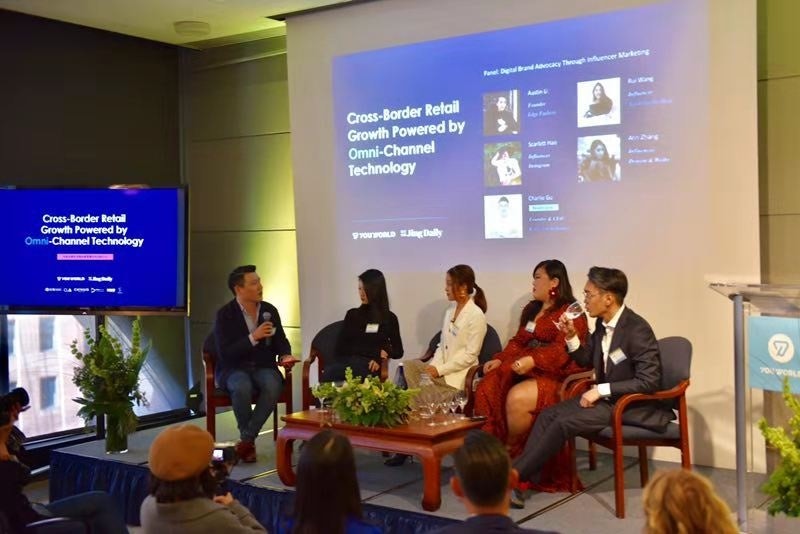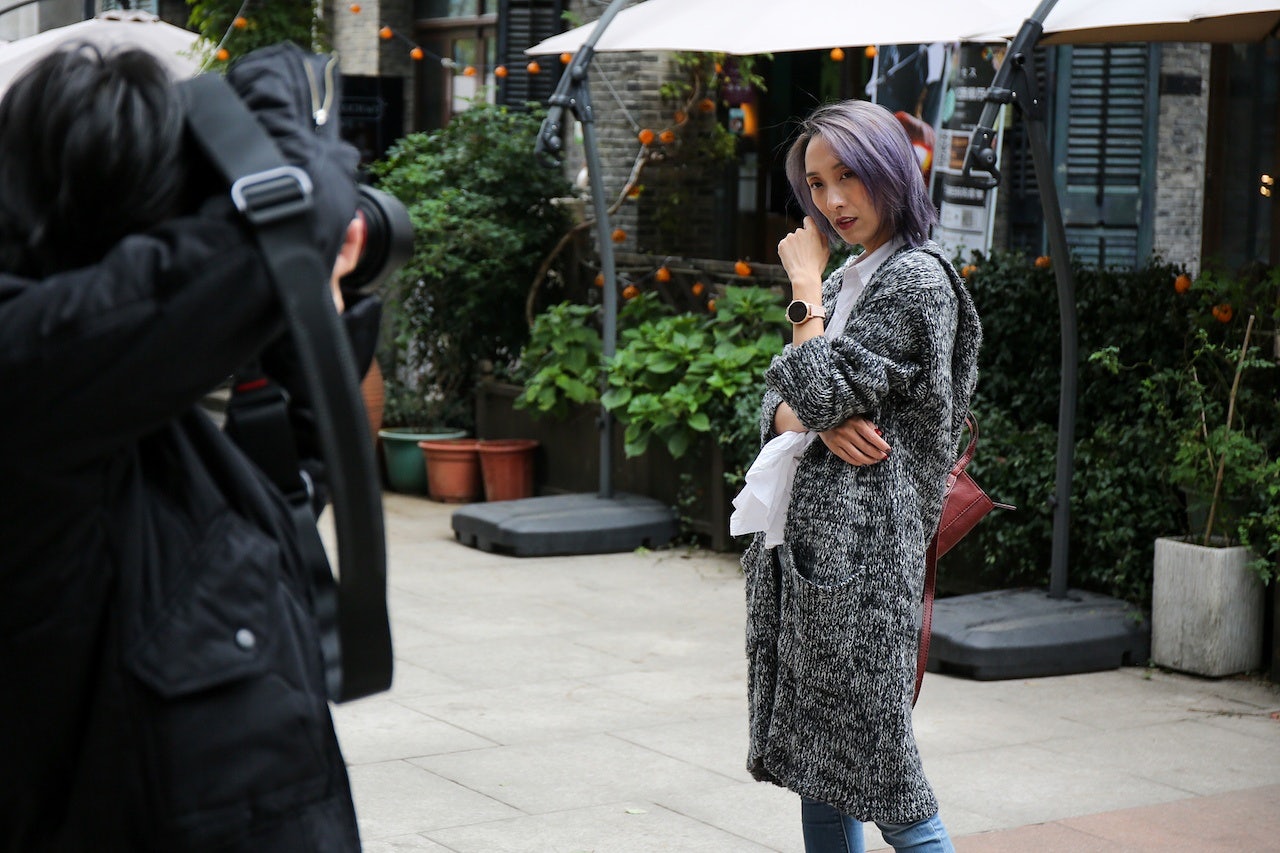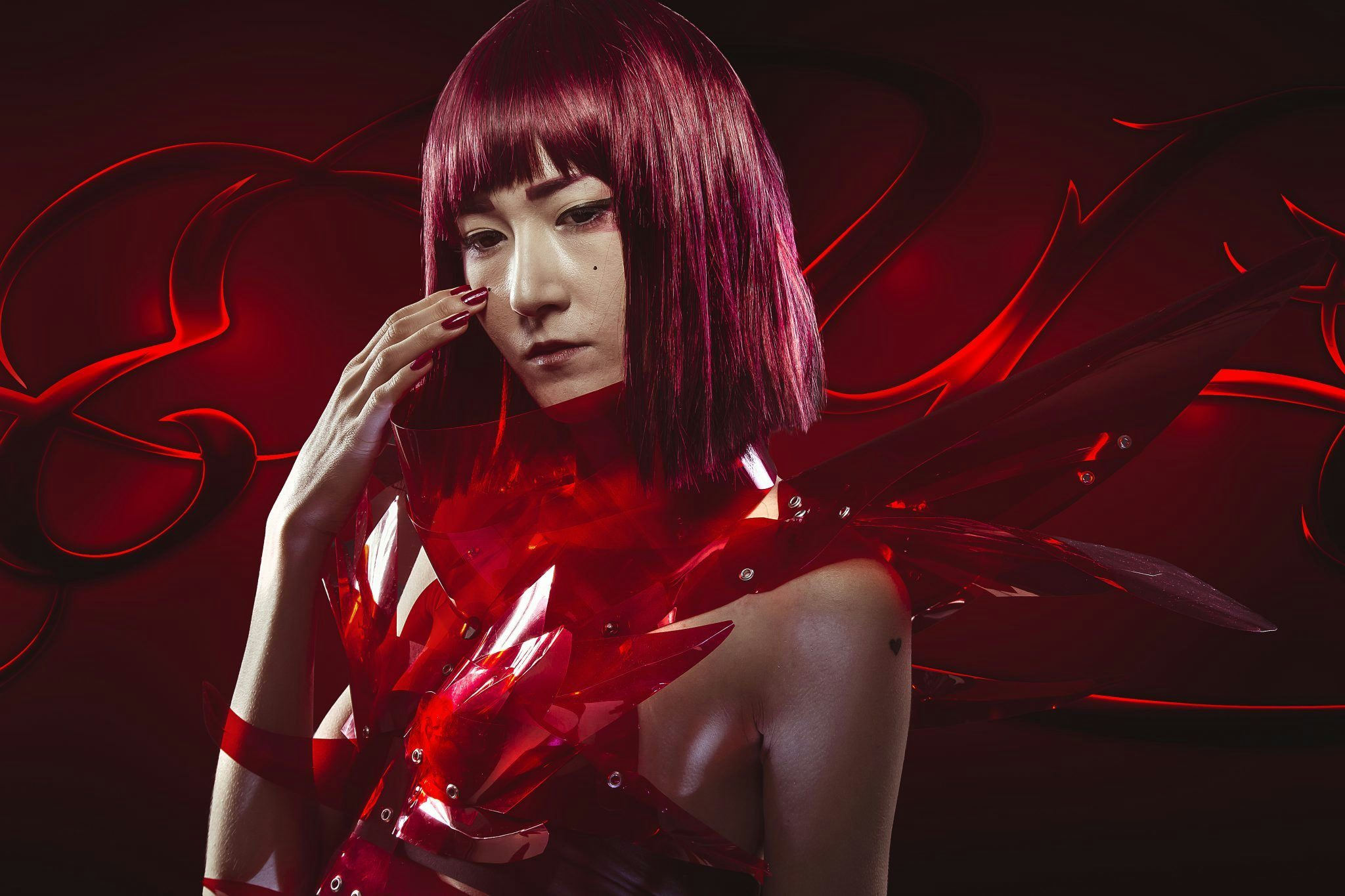In China, many so-called social-media influencers actually have more say over shopping trends than celebrities do. It’s a power that has spurred many partnerships between influencers and luxury brands, both inside and outside the mainland. But the West hasn’t always gotten the formula right.
At a conference on "Cross-Border Retail Growth Powered by Omni-Channel Technology" at New York City’s Asia Society on Nov. 8, marketing experts and a trio of key influencers offered their top tips on how to make these alliances work.

Know your Audience#
“The attention span [of the Chinese audience] is very different from that of the Western audience,” explained Charlie Gu, the panel’s moderator and the founder and CEO of Kollective Influence, a global marketing agency based in San Francisco. It’s a gap that’s closing between the millennial and Gen-Z generations, both East and West, he added, but brands still need to get their messages to the Chinese consumer across “quick and fast!”
Know How Much Money (a lot) Is at Stake#
Luxury brands “are able to attract hundreds of Chinese customers,” but “they just don’t know it,” pointed out panelist Austin Li, founder of WeChat account Edge Fashion. Some of his “friends, the Chinese students around me, have 4,000-5,000 pocket money every month” to spend, he said, even 10,000. “Brands don’t know that.”
Know How to Find the Right Match#
“Know your buyer persona. If it is not a good match [to the influencer], there will be low conversion rates [of readers into customers],” Li cautioned. Rui Wang, an influencer on social media-lifestyle platform Little Red Book, whose blog reaches about 1.6 million readers, advised brands not to “only focus on the numbers.” Campaigns she did with Maybelline New York and LVMH, she said, worked because “we share similar DNA.”
Know What Can Backfire#
Influencers and experts stressed that brands who ask them to insert ad copy in their social media feeds are making a mistake. The feedback they get from followers is mostly negative and they lose credibility. The tone of the campaign must match the influencer’s style and past posts to work.
Know to Listen to the Influencer#
Instead of simply exporting an existing campaign to China, find a niche market or create a new market for that brand, advised Scarlett Hao, a fashion influencer and founder of ScarlettHalo. She cited a recent campaign she worked on with Brooks Brothers—in her words, “a very American brand”—in which the company asked her to simply style a little black dress for an Asian clientele. Instead, she presented the dress as appropriate for women “age 20 to 60” and in all different sizes. The retailer received very good feedback on the dress, she said. “Don’t limit the influencer’s creativity—you’ll be surprised” with insights they can bring.
Know How to Game the Different Platforms#
Instagram followers “look for finished, well-done work,” almost a story. But on Chinese social media, the audience is looking for “very detailed, finished reviews” of products that establish why a luxury purchase is a good value, said Hao.

